The Sony alpha 7 R Mark II (a7RII) has a new autofocus system that combines contrast-detection and phase autofocus with about 400 (the mind reels — how do they cover these up in the raw files?) phase detection autofocus points.
The new system has eye detection added to the old face detection, which I never used, although it got some good press. I will report on eye detection, but not in this post.
The new system is much faster and more accurate in fluid situations than the one on the a7R, which isn’t saying much. It’s better than the one on the a7II, which is a somewhat higher bar. So far, I’ve tested it with the Zony 35mm f/2.8 FE, the Sony 90mm f/2.8 OSS macro lens, and the Sony 70-200mm f/2.8 OSS zoom.
In the old cameras, when I used autofocus at all, which wasn’t often, I used the flexible spot mode, in which the photographer places a spot — which can have one of three different sizes — over the area she wishes to be in focus. It worked fairly well, with the emphasis on fair. I was not good at tracking moving subjects in continuous focusing mode, and it sometimes focused on other than the intended object, and sometimes on a seemingly-random distance. That was true to varying degrees, with the a7, the a7R, the a7S, and the a7II.
The new camera is much improved. While I wouldn’t put it up there with the D4, or even the D800, in tracking a moving subject, it has the advantage that it doesn’t need calibration (although calibration can make it faster). And it has tricks the D4 and D810 can’t even think about, since they’re SLRs.
Throwing caution to the winds, I set the camera up in AF-A mode, where it can pick between single and continuous AF, picked the “Wide” focus point selection, in which the camera can decide what it thinks is important (it shows you what it’s focusing on, so you can try again if it’s not the right thing), and took a bunch of pictures of my grandchildren.
Here’s a shot with no Lr processing other than cropping:
This was shot as ISO 800 to get the high conversion gain, with the exposure compensation dialed back 1 2/3 stops, wide open, with the 90mm f/2.8 macro.
Applying a few global corrections in Lr:
Toning down the corners and adding a single local correction:
Cloning out the distracting dark part:
Checking focus at 2:1 magnification:
Pretty darned good, especially with the strong backlight. I didn’t try to reduce the noise, which is certainly there thanks to the high resolution of the camera and the strong push the face got.
Here’s another example, with the Zony 35/2.8, shot in landscape wide open, cropped to a vertical:
Checking focus at 2:1:
It doesn’t get much better than that.
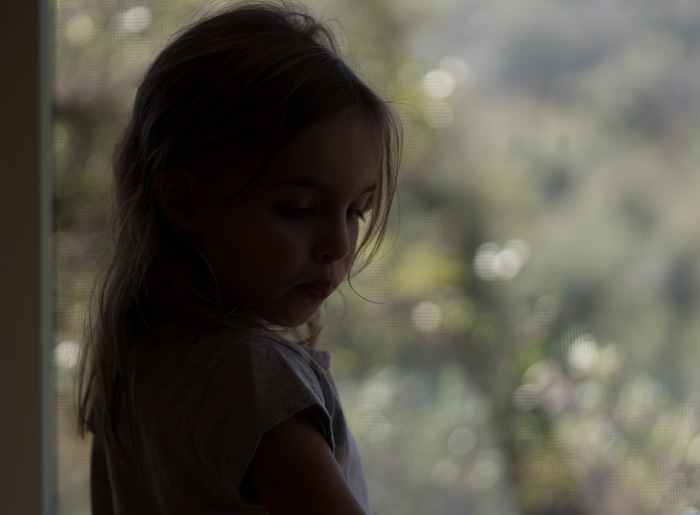
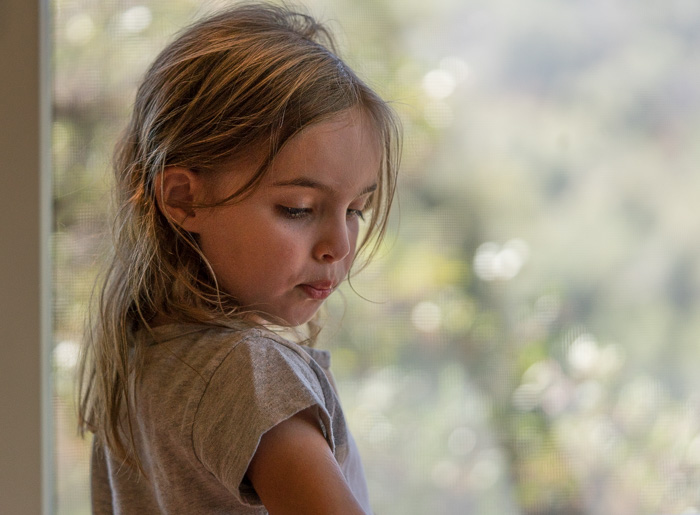
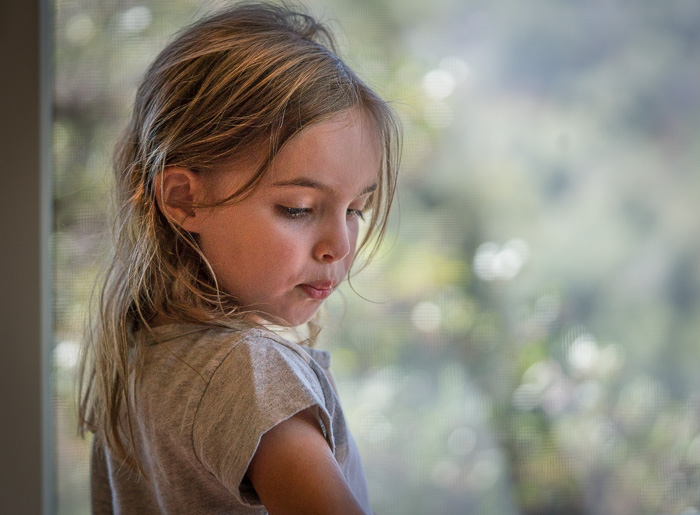
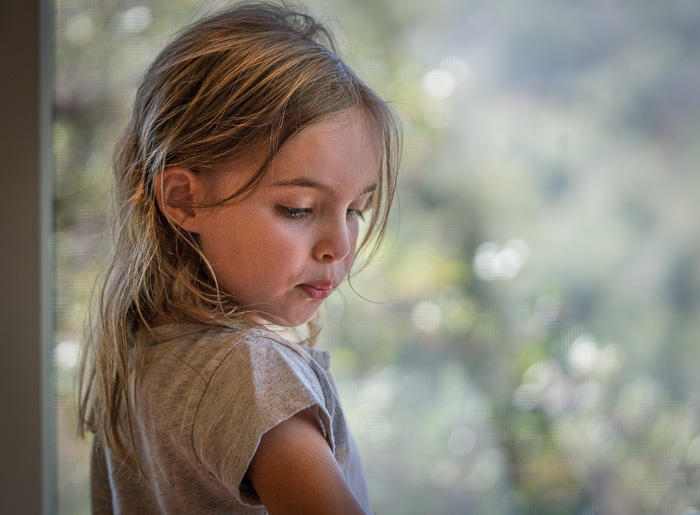
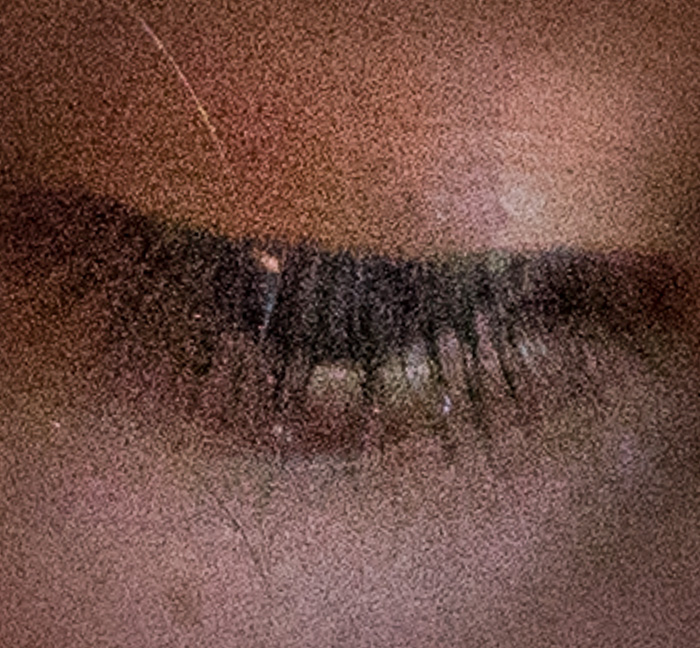


Jim, sorry but that is horrible detail on the eyes. Nice looking kids though.
2x @ 42 MP. Pushed really hard in the first one. Default sharpening and NR. I think it’s more than respectable. And the focus, which was the point of the post, is bang-on. This camera, like the H2D-39 (and to some extent the D810), has the ability to astonish me when I zoom in to 1:1 or 1:2 in Lr.
If the AF is really everything the early reports say it is, this is groundbreaking. Sony will have obviated the need to use native lenses for decent autofocus performance and opened up the a7RII to an entire library of lenses, without the compromise in AF performance.